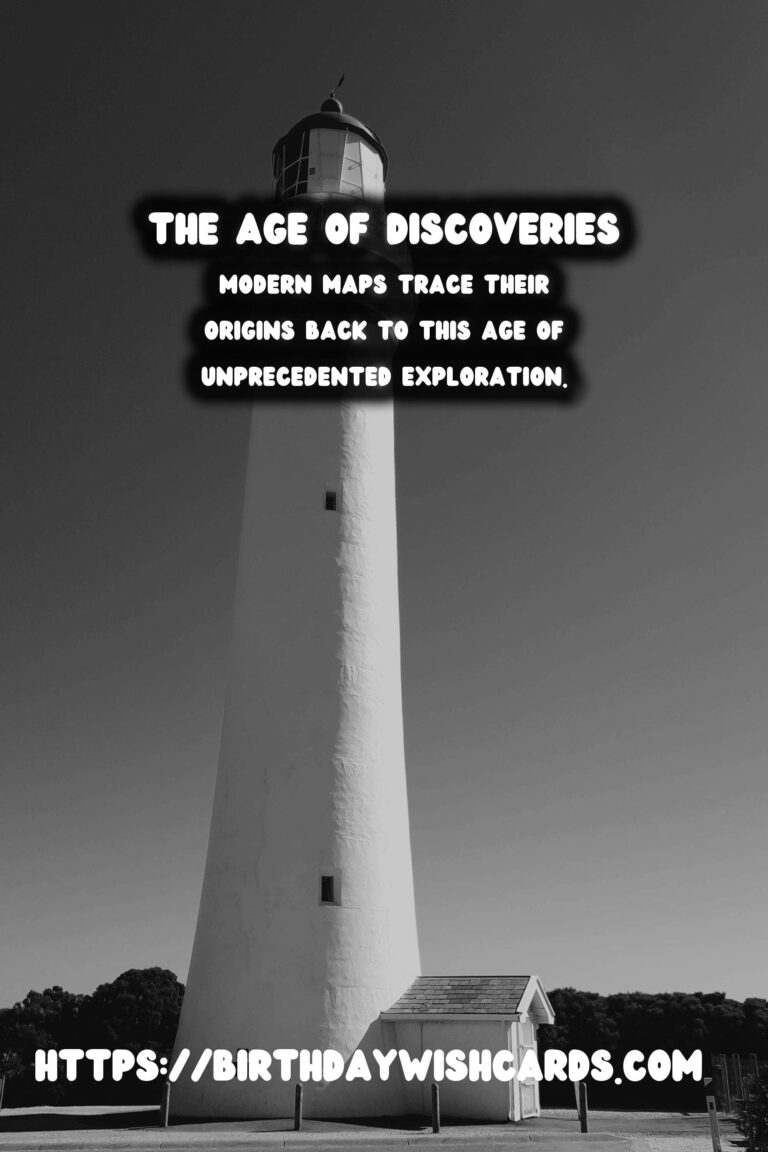
The Age of Discoveries, also known as the Age of Exploration, was a significant period in human history, spanning from the early 15th century to the late 18th century. This era was characterized by European global exploration, which drastically altered the mapmaking practices of the time. The resulting maps not only changed the perception of the world but also facilitated trade, navigation, and communication across continents.
Revolution in Geographic Knowledge
The expeditions led by explorers such as Christopher Columbus, Ferdinand Magellan, and Vasco da Gama uncovered new territories, including the Americas, the Pacific Islands, and the maritime routes to India. These discoveries expanded the known world beyond the limited scope of medieval European maps. The new geographic knowledge required cartographers to rethink and redraw maps, leading to more accurate and detailed representations of the world.
Impact on Cartography
Prior to the Age of Discoveries, most maps were based on classical sources like those of Ptolemy, which were more artistic than accurate. As explorers returned with reports of new lands, cartography evolved into a precise science. With the introduction of tools such as the compass, astrolabe, and sextant, mapmakers could use empirical data to chart coastlines, create sea routes, and correct previous misconceptions about geography.
Cultural Exchange and Mapmaking Advances
Explorations during the Age of Discoveries also led to significant cultural exchanges, particularly in cartography. The sharing of knowledge and techniques among European, Arab, and Asian cultures enriched map-making practices. This cultural interactivity facilitated the development of more sophisticated maps, such as portolan charts, which were invaluable for navigation across the seas.
Maps as Political Tools
The maps produced during the Age of Discoveries held more than geographic significance. They became tools of political power and imperial dominance. European nations used maps to claim territories, influence diplomatic relations, and showcase their naval and exploratory achievements. Maps published during this time often included illustrations of mythical creatures and vast lands, enticing further exploration while underscoring national pride.
The Legacy of the Age of Discoveries
The impact of the Age of Discoveries on mapmaking is still evident today. Modern maps trace their origins back to this age of unprecedented exploration, where the integration of new technological advancements with traditional cartographic techniques paved the way for modern geography.
Conclusion
The Age of Discoveries was pivotal in redefining the global understanding of geography. It set in motion a series of transformations in mapmaking techniques that would forever change the landscape of exploration, trade, and cultural interaction. This period laid the foundation for the modern world map as we know it today.
The Age of Discoveries expanded geographic knowledge beyond the limited scope of medieval European maps. Modern maps trace their origins back to this age of unprecedented exploration. 
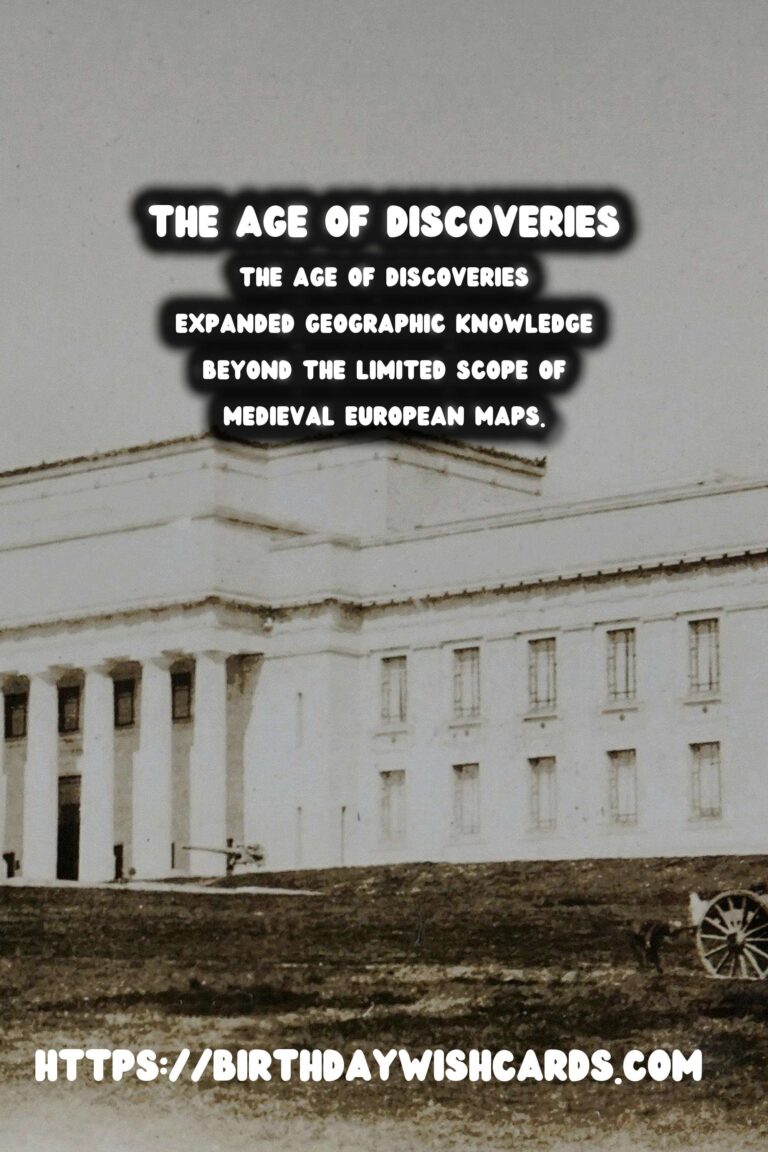
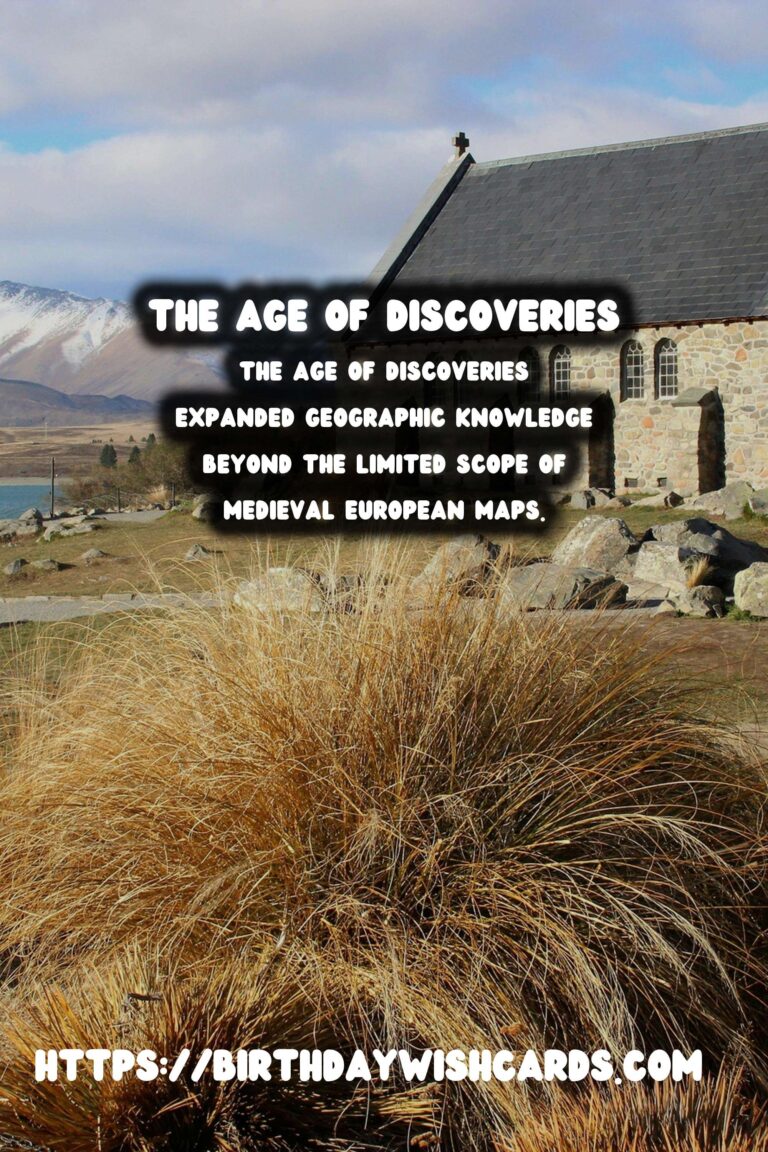
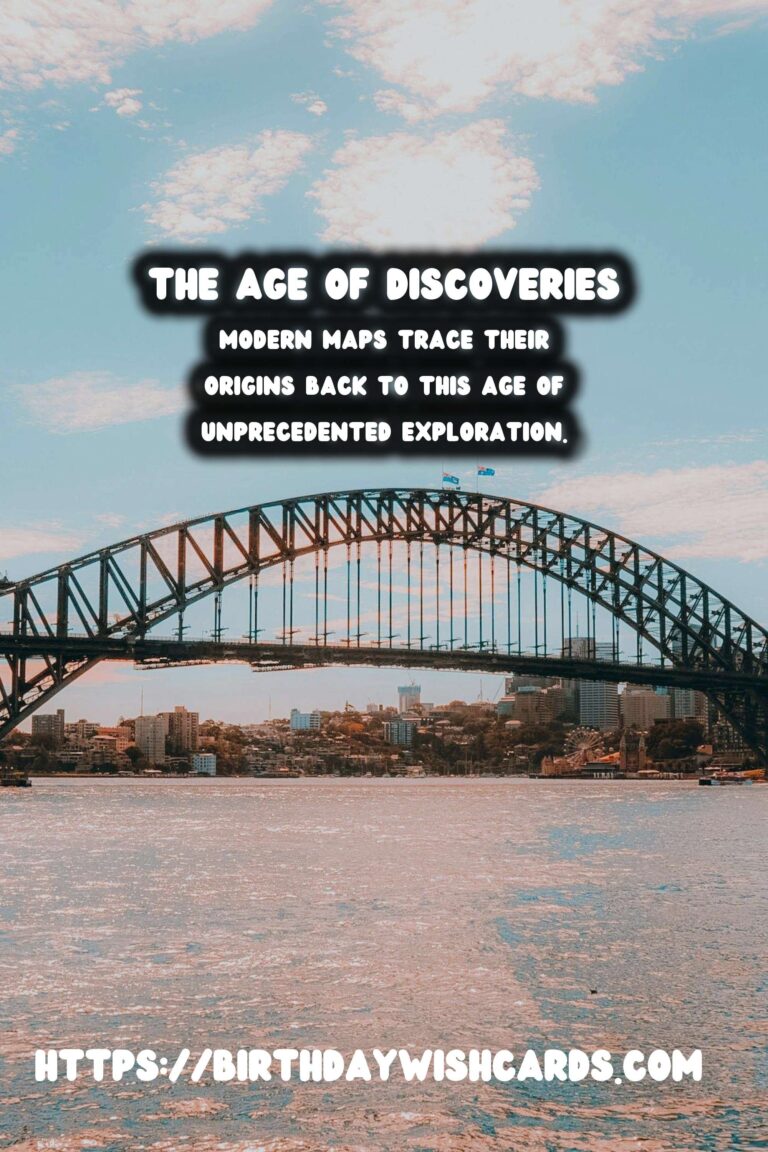
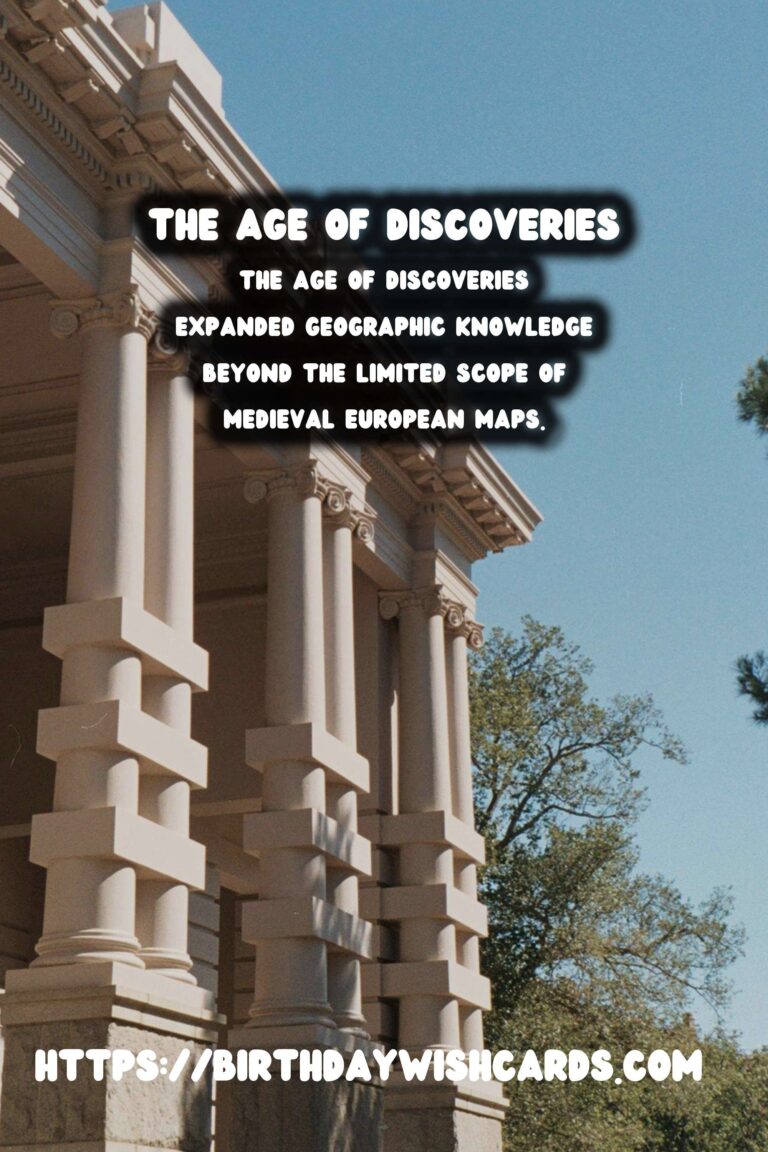
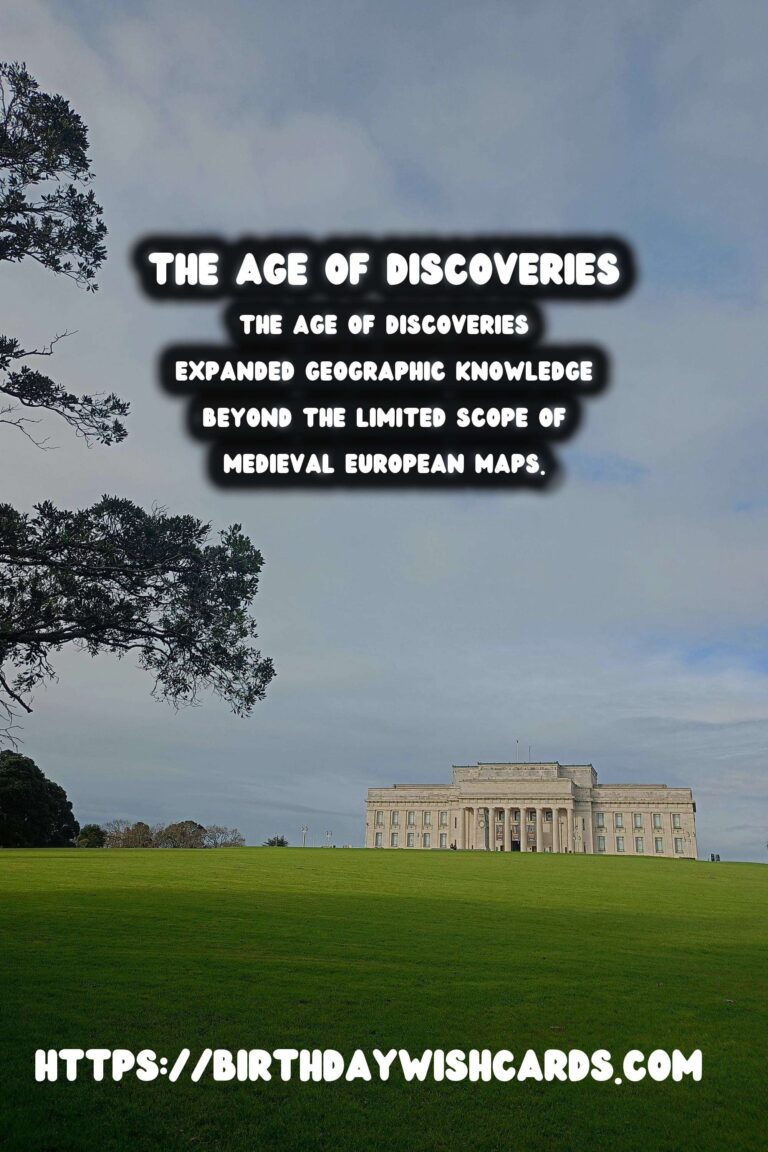
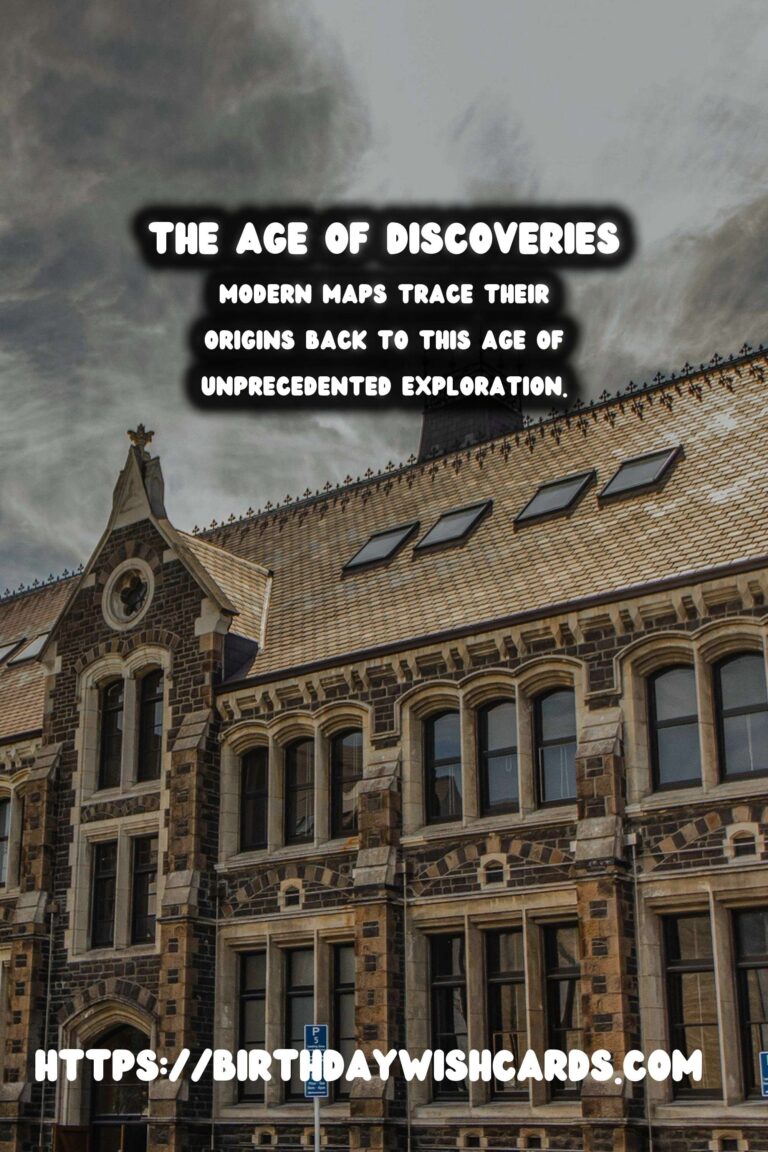
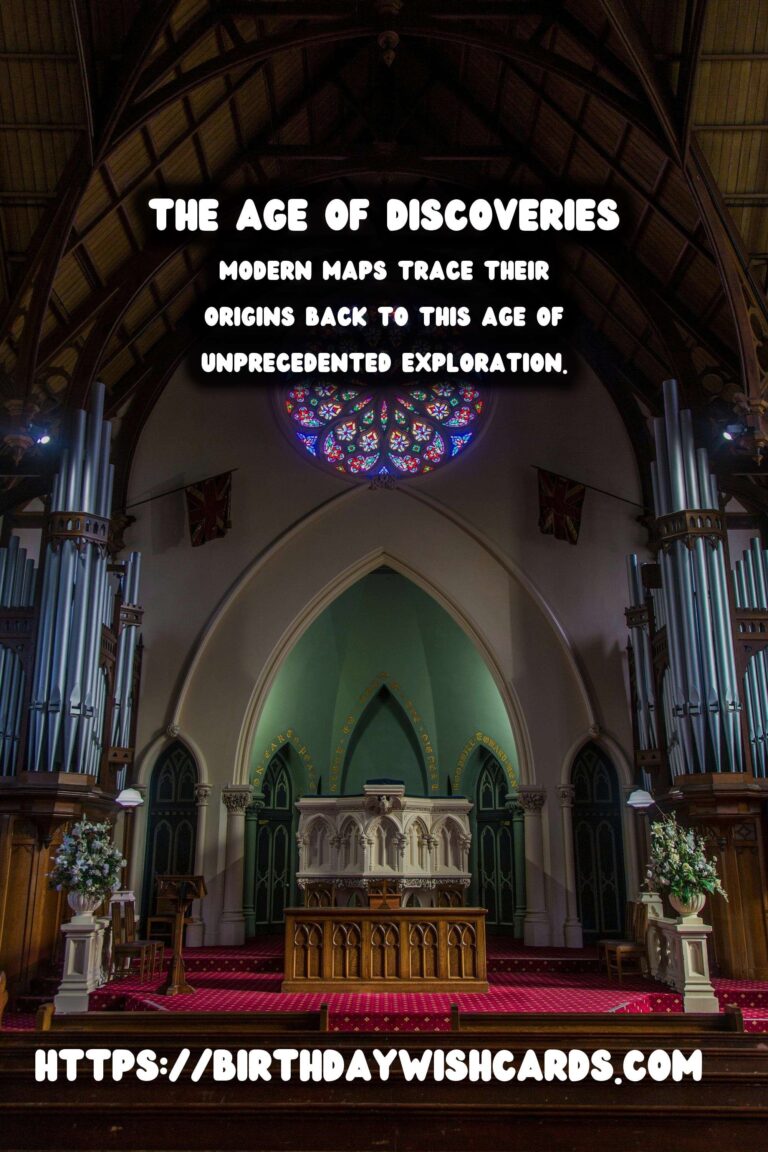
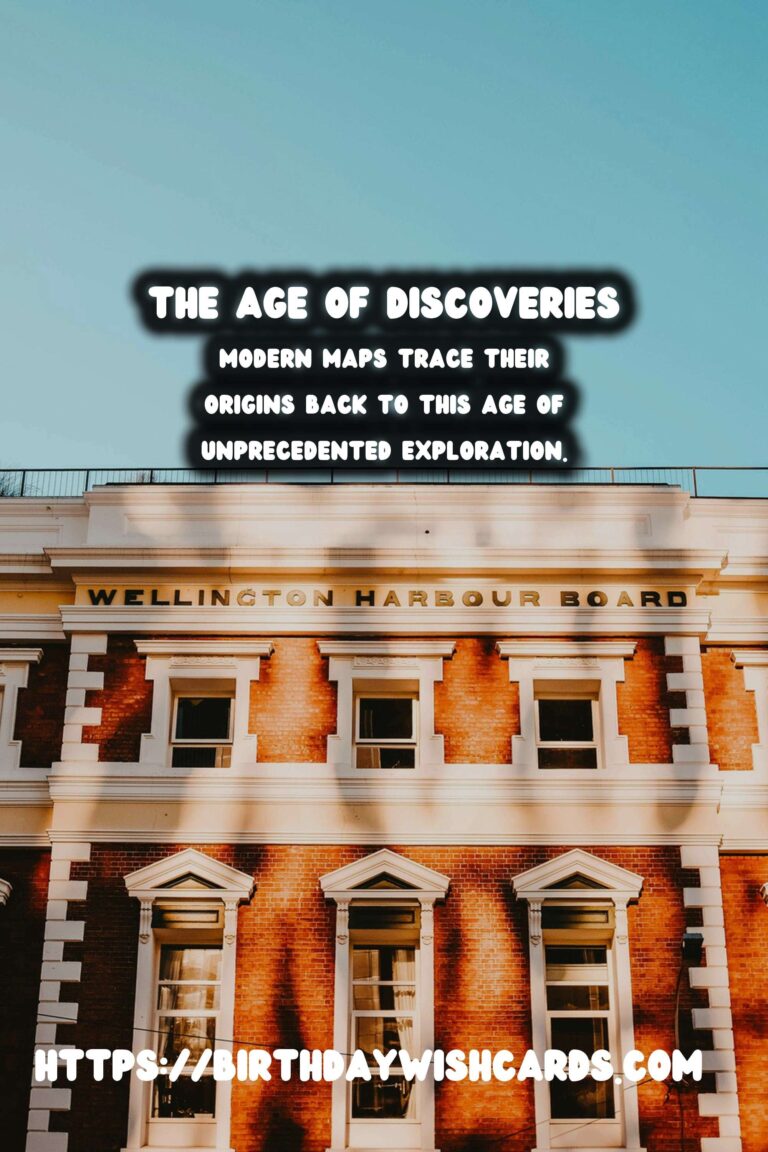
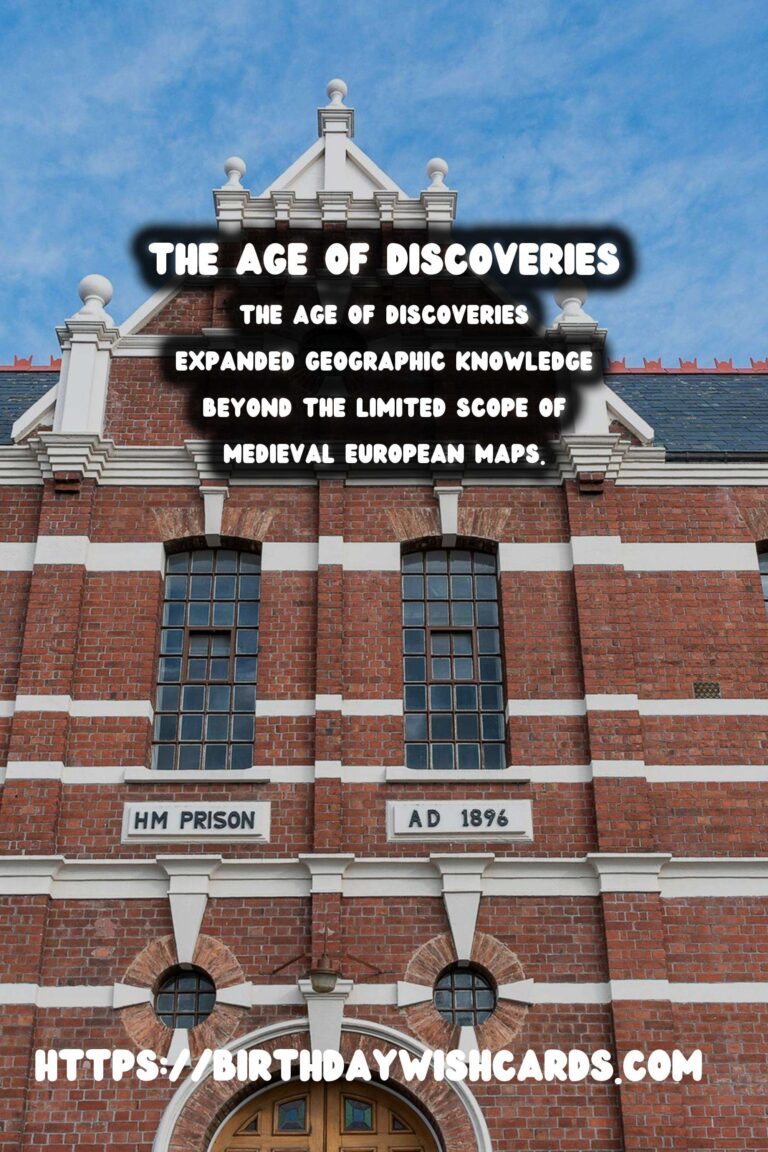
#AgeOfExploration #Mapmaking




